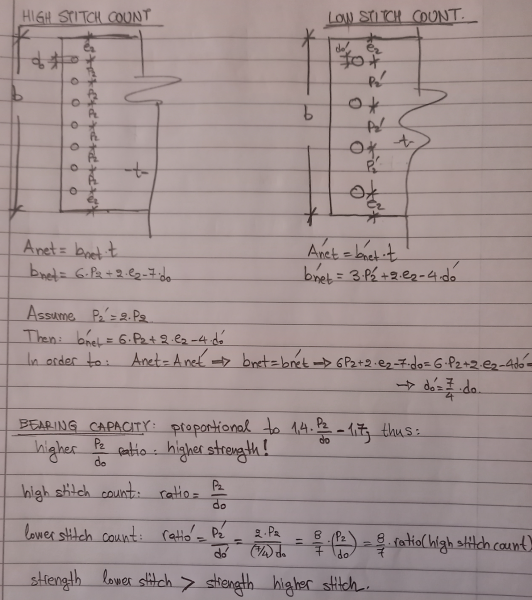Nathan Ford
New in Town
- Messages
- 27
Sound like I can go with either 36 or 38. I'm 4' longer and thinner, so 36 might fit better but the sleeves are a bit short. Did you try their HB?I'm 5'4" and currently weigh 138 lbs with an average athletic build. I tend to fluctuate between 135 and 145.
I purchased a size 36. It's going to fit me just fine although the front length will be pretty short, which is ok for me.





